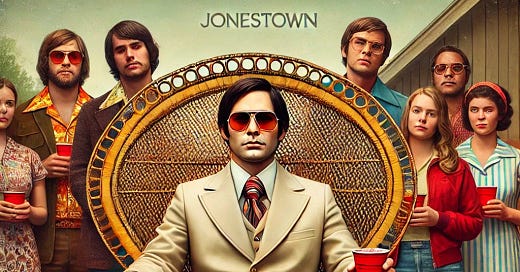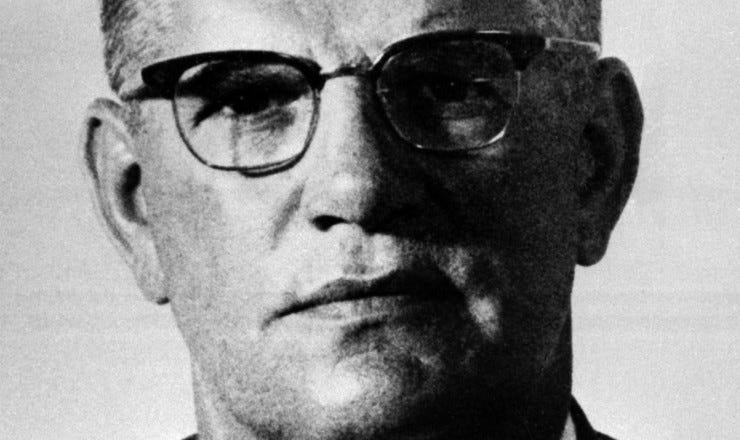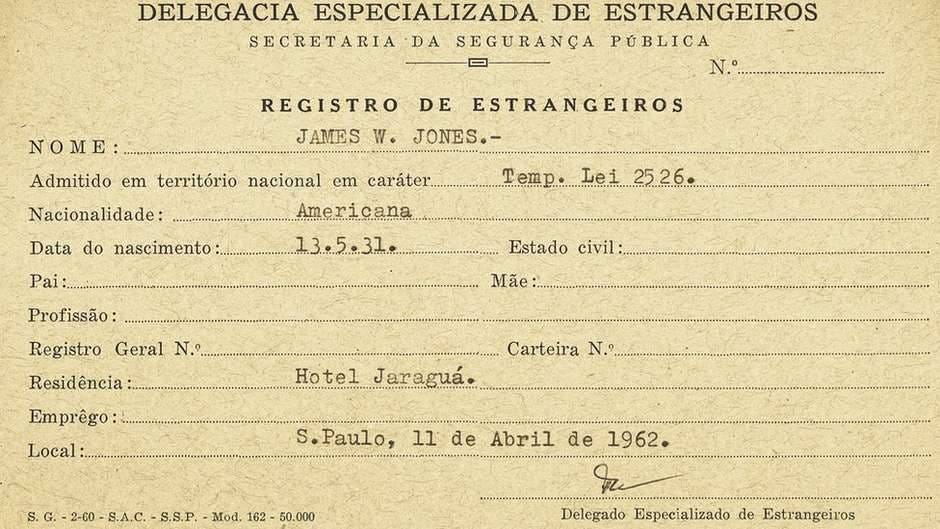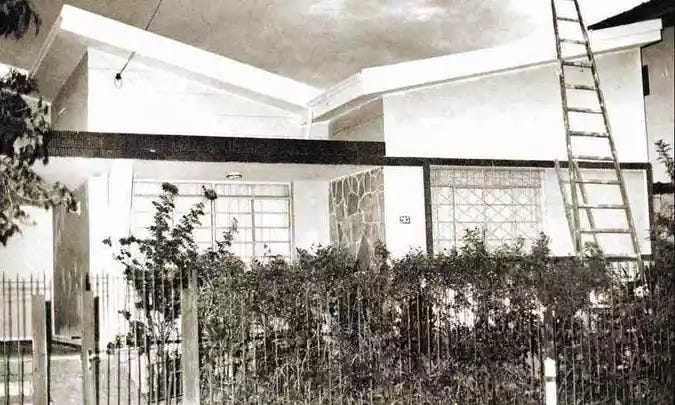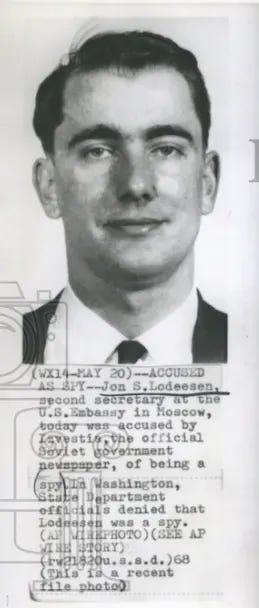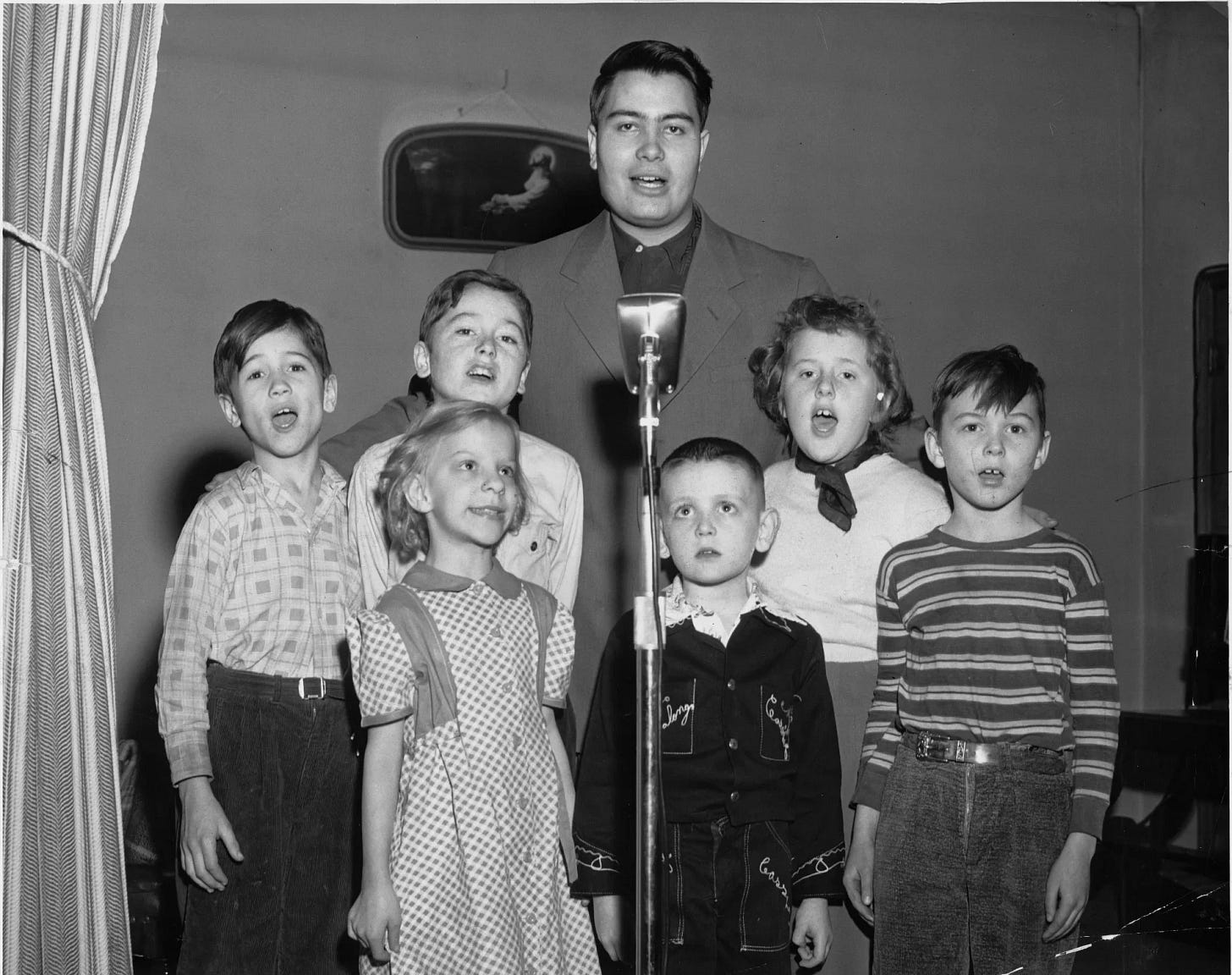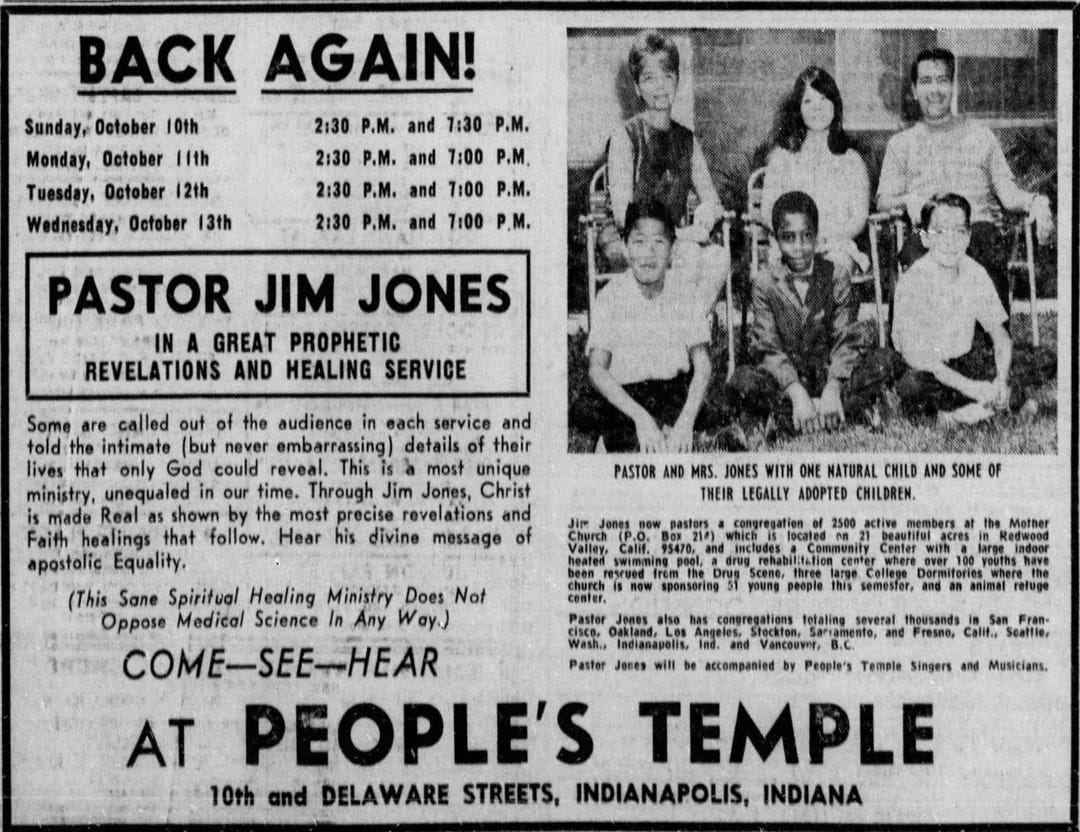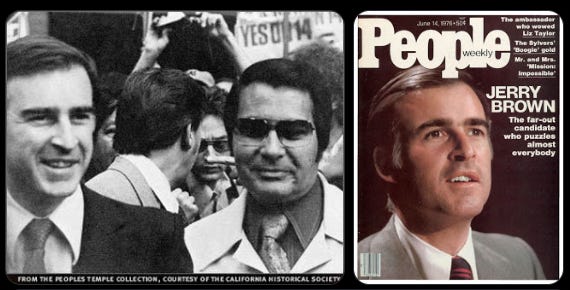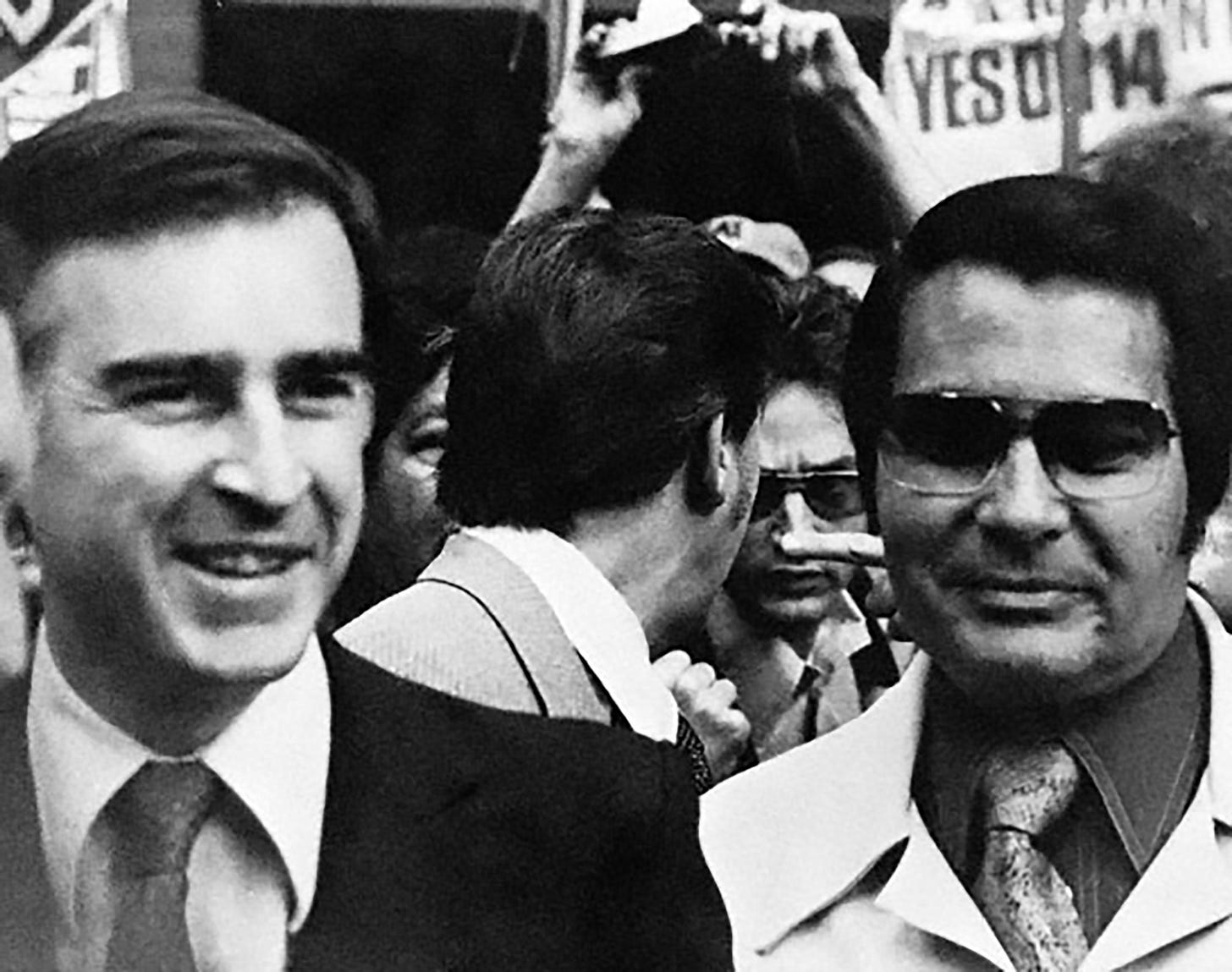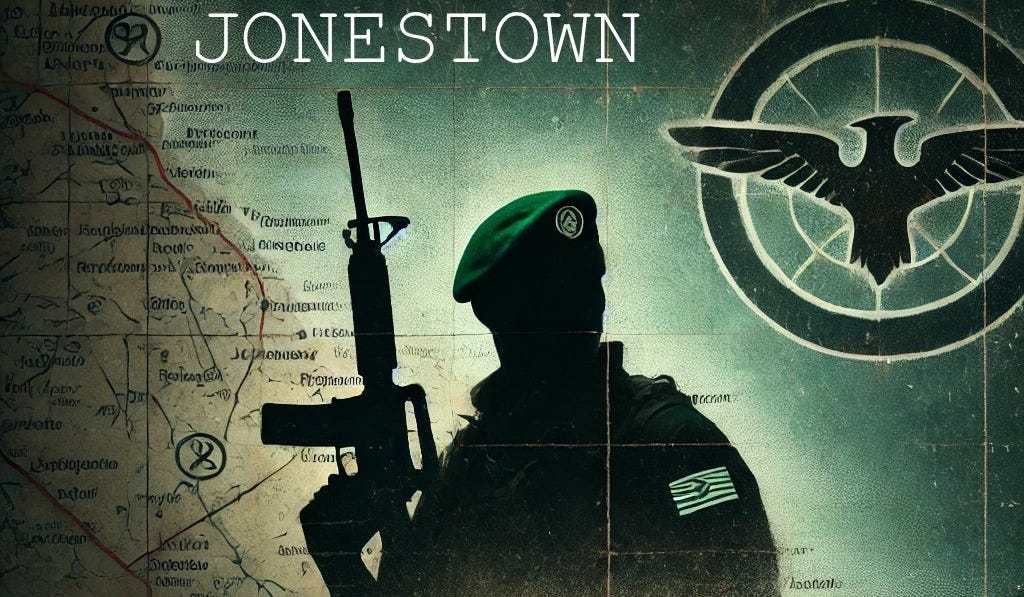From Gladio to Guyana: Jonestown and the CIA (Part 1/3)
What if the Jonestown deaths weren’t a mass suicide but a CIA cleanup? This deep dive connects the dots between Operation Gladio, Jim Jones’ shady past, and a massacre that silenced the truth—forever.
THE SHADOWS OF JONESTOWN
Picture this: a quiet settlement in the jungles of Guyana—Jonestown. It’s 1978, and nearly a thousand people are dead, sprawled out in eerie, orderly rows.
The official story? They drank the Kool-Aid.
But let’s pump the brakes for a second. Is that all there was to it?
Spoiler alert:
it’s not just about a cult gone wild.
Instead, it's tied to something much bigger. And, if you’re reading this article, you probably already guessed it—Operation Gladio.
Jonestown was one of its many stages. We're peeling back the layers on one of history’s most infamous events to uncover the strings—and the hands—holding them.
But First, let’s start with the man.
JIM JONES’ CIA CONNECTIONS
Born in Crete, Indiana, in 1931, James Warren Jones grew up in a setting that could easily be described as bleak. The Great Depression still cast a long shadow over rural America, and his family wasn’t spared. His father, James Thurman Jones, was a disabled World War I veteran who struggled to find stable work or maintain his health. He often had to find odd jobs because his military pension wasn’t enough to support his family.
And even that wasn’t enough. In 1934, the Jones family was evicted from their home and relatives ended up purchasing a shack for them to live in. The shack didn’t even have electricity or plumbing. They tried farming at the new house, which was ultimately unsuccessful. It got so bad that they sometimes had to forage the nearby forests to supplement their meals.
Eventually, the extended family (which had been providing most of the support) put down an ultimatum that they would stop any support unless Lynetta, Jim’s mother, got a job. She ended up getting a job at the Winchester glass factory to keep the family afloat. Their small-town life was marked by economic hardship, isolation, and a simmering resentment of their circumstances.
"I was ready to kill by the end of the third grade. I mean, I was so aggressive and hostile, I was ready to kill. Nobody gave me love, any understanding. In those days a parent was supposed to go with a child to school functions.
There was some kind of school performance, and everybody's parent was there but mine. I'm standing there, alone. Always was alone."
- Jim Jones
But even in this grim backdrop, young Jim Jones stood out. He wasn’t just bright; he was unusually driven—almost unnervingly so. While other kids were playing ball or dreaming about joining the local factory, Jones was immersing himself in books and ideologies far beyond his years.
Hitler. Stalin. Marx. Mao.
He read them all, even calling Mao Zedong his “hero.”
But despite the odd (and sadistic) behaviors of his youth, Jim Jones was very smart. He excelled academically. After his parents separated in 1945, he moved with his mother to Richmond, Indiana and graduated from Richmond High School early and with honors.
He then moved to Bloomington, Indiana in November 1948 to attend Indiana University Bloomington. He attended for two years before moving to Indianapolis and attended Butler University, where he finished his degree (after 10 years of off-and-on classes).
What’s more telling though than his childhood experiences, is the path of Jones' life during the 1960s.
Jones had a friendship with Dan Mitrione. This friendship had started years ago. Mitrione was the local police chief when Jones had a “ministry” in Indianapolis. Mitrione later entered the International Police Academy.
Turns out, the International Police Academy (IPA) is a CIA front. Mitrione will come up again later.
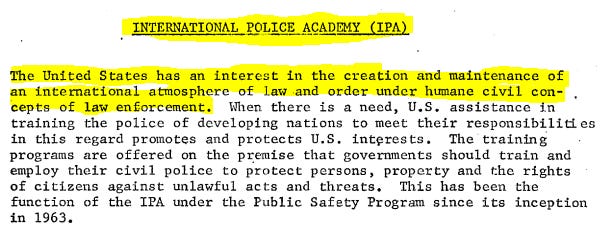
Now, there have been conflicting claims of what Jones did during the 1960s.
Some say he was in Hawaii.
Some say in Guyana.
However, through some investigative journalism, a lynchpin was discovered that resolved this.
Jim Jones had two passports.
Jim Jones had passport # 22898751 that was issued to him on June 28, 1960 in Chicago. The passport was still valid when another passport (#0111788) was issued to him on January 30, 1962, in Indianapolis.
Why would someone need two passports?
And why was the number on the 2nd passport lower than the first one?
Researcher Jim Hougan believes that this is because Jim Jones had a double that was used to travel at the same time that he did. Hougan believes that this is what caused confusion for Reiterman and others when trying to document these lost years.
Which would make sense.
In the 1980s, a suit was filed against the US government by surviving victims of Jim Jones. In it, they allege that Jim Jones was a CIA agent and had been one since 1963.
Interestingly, this suit alleges that he was a CIA agent from 19630. In a separate, New York Times Article about Jones, it states that the mid 1960s was when his personality changed.
And then there are other facts.
According to Brazilian authorities, Jim, his wife Marceline, and their four children arrived at Sao Paulo, Brazil’s financial capitol on a commercial airliner on April 11, 1962.
We already addressed how poor he was. Yet, the family initially checked into the Financial Hotel in Belo Horizonte. This was one of the more expensive hotels in the area.
And guess who was already in Belo Horizonte.
Yup. Our childhood friend - Dan Mitrione.
More on what he was doing there later…
Back to Jones.
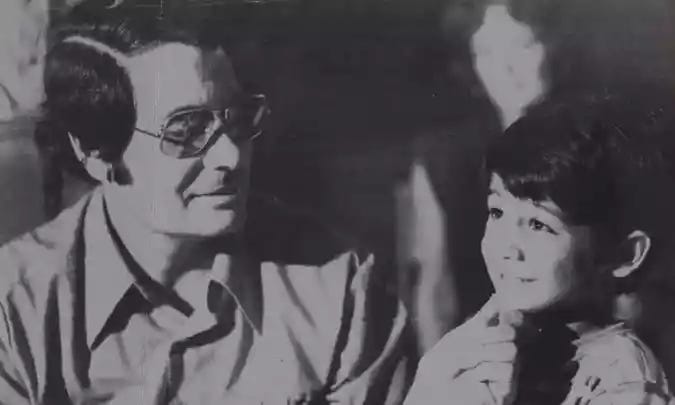
The family moved into a large house at 203 Maraba Avenue, in the city’s well-to-do Santo Antonio section. Belo Horizonte, at the time, was considered one of the nine places on the planet to hide from a nuclear apocalypse.
A retired Brazilian engineer, Sebastiaco Carlos Rocha, who lived next door, said the Jones family "enjoyed a very expensive lifestyle."
Rocha, the neighbor, had other revelations:
"He lived like a rich man.
Most days, he would leave the house with a suitcase at about 6 a.m. and return at around 6 or 7 p.m. He never said where he went...During the few conversations that we had, Mr. Jones told me he was a retired U.S. Navy captain and was in Brazil to 'recuperate from the Korean War.'
He said he planned to go to Argentina or Cuba after visiting Brazil...He was not a very communicative person and he seemed to have very few friends in Belo Horizonte...Some people here believed he was an agent for the American CIA.
I never saw him drink or smoke. He said he received a monthly payment from the U.S. government for his military service but he did not say how much."
Spoiler alert: There is no evidence that he ever served in any branch of the armed forces.
The neighbor’s daughter, Maria, heard a different story.
When the teenager asked Jones’ wife about their visit to Brazil, she said:
“they were here because she suffered from a lung ailment and doctors had told them that the climate here would be good for her.”
Years later, another neighbor (who was a 10 year old kid at the time), would recount that he vividly remembers the “tall man with a round face, always wearing a black suit and carrying a black briefcase.”
“[The house] had the basics, the changes [of clothes] they brought. And there were some mattresses scattered on the floor.”
Jones would also make frequent trips to the US Consulate. In October of 1962, Vice Consul Jon Lodeesen wrote a letter to Jones on Foreign Service stationary:
Dear Mr. Jones: We received a communication and we believe it’s in your interest to come at the consulate at your earliest convenience. Please see me.
It has been suspected that this letter was in reference to the 2nd passport that was made for Jones earlier that year.
Oh, Surprise: Lodeesen was a CIA agent. Allegedly.
I mean he did:
Serve as a Russian language translator and intelligence analyst at the NSA.
Attended the Army Institute of Soviet and Eastern European Studies in Garmisch, Germany, which was known for training U.S. military and intelligence personnel in Soviet affairs.
Served as Deputy Director of Radio Liberty, an organization that, along with Radio Free Europe, was funded by the CIA.
And was accused by the Russians (as seen in the picture) of being a spy.
So…maybe Lodeesen worked for the CIA.
Jones was also said to have a job as an investment salesman in Rio for a company called Invesco (according to the Brazil Herald December 1978). The company was American owned and Jones’ boss confirmed Jones’ employment:
“As a salesman with us, he [Jones] didn’t make it. He was too shy and I don’t remember him selling anything. We hired him on a strictly commission basis and as far as I know, he didn’t sell anything in the three months that he worked for us.”
So, let’s summarize this, because it is a lot:
Connection to Dan Mitrione:
Jones had a long-standing friendship with Dan Mitrione, who was a local police chief during Jones’ ministry in Indianapolis.
Mitrione later entered the International Police Academy (IPA), which has been revealed as a CIA front.
Mitrione was in Belo Horizonte, Brazil, at the same time as Jones in the 1960s.
Dual Passports:
Jones held two passports:
Passport #22898751 issued on June 28, 1960, in Chicago.
Passport #0111788 issued on January 30, 1962, in Indianapolis, with a lower number than the first.
The need for two passports and their numbering discrepancies suggest covert activities.
Lawsuit Allegation:
In the 1980s, survivors of Jonestown filed a lawsuit against the U.S. government, alleging that Jones was a CIA agent since at least 1963.
Affluent Lifestyle in Brazil:
Despite being reportedly poor, Jones and his family lived lavishly in Brazil:
Initially stayed at the Financial Hotel in Belo Horizonte, one of the most expensive in the area.
Later moved to a large house in the upscale Santo Antonio neighborhood.
Brazilian neighbor Sebastiaco Carlos Rocha described Jones as "living like a rich man," leaving the house daily with a suitcase but never explaining his activities.
False Military Claims:
Jones told neighbors he was a retired U.S. Navy captain recuperating from the Korean War.
No evidence exists of Jones ever serving in the military.
Frequent Visits to the U.S. Consulate:
Jones regularly visited the U.S. Consulate in Brazil.
In October 1962, he received a letter from Jon Lodeesen, a suspected CIA agent, on Foreign Service stationery, asking him to visit the consulate.
Soviet intelligence identified Lodeesen as a CIA operative previously stationed in West Germany and Hawaii, where Jones was also reported to have visited.
Employment in Brazil:
Jones worked briefly as an investment salesman for the American-owned company Invesco in Rio.
His boss noted that Jones was too shy to sell anything and earned no commission during his three months of employment.
These details—his connections to known CIA figures, dual passports, unaccounted wealth, false military claims, consulate visits, and alleged covert activities—paint a picture of Jim Jones as someone involved in intelligence operations during the 1960s.
While the suit claims that he started in 1963, it would not surprise me if it was much earlier than that.
Jones eventually left Rio for an unknown country in March of 1963.
SETTING THE STAGE FOR JONESTOWN
GOVERNMENT SUPPORT AND THE RISE OF A "SAVIOR"
Jim Jones’ rise to power in the 1960s was fueled by government support, social activism, and a carefully curated image as a civil rights leader. In Indiana, the People’s Temple thrived on federal grants aimed at poverty alleviation, enabling Jones to provide food, housing, and jobs to marginalized communities, particularly African Americans.
His church, strategically located near KKK headquarters, positioned Jones as a target of white supremacists—bolstering his image as a defender of civil rights. He also staged elaborate fake healings to convince followers of his divine power, further securing their loyalty.
A STRATEGIC MOVE TO CALIFORNIA
By 1965, Jones relocated the People’s Temple to Ukiah, California, under the guise of escaping persecution and seeking nuclear safety—claims that played into Cold War anxieties. He even went as far as to give a date: July 15, 1967. That is when the world would be thrown into a thermonuclear war.
However, California’s progressive climate and counterculture movements provided fertile ground for recruitment and additional funding.
Once in California, he intensified control over his followers. Psychological manipulation—such as showing graphic war footage to instill fear—became a key tool. His congregation also expanded to include ex-convicts, recovering addicts, and social outcasts, testing his ability to control and reshape individuals through indoctrination.
Jones even introduced night courses on socialism and guerrilla warfare, conditioning followers for an impending race war he claimed was inevitable.
THE RIGHT CONNECTION
Jones’ rapid rise to influence suggests he had more than just charisma—he had institutional backing. In California, he developed ties with powerful political figures, including:
Governor Jerry Brown, who attended Temple events.
San Francisco Mayor George Moscone, who appointed Jones to the Housing Authority Commission, granting him political leverage.
Harvey Milk, who praised Jones in letters.
Willie Brown, a frequent guest at Temple gatherings.
First Lady Rosalynn Carter, who personally met with Jones.
Vice President Walter Mondale, who acknowledged him publicly.
Angela Davis & the Black Panthers, aligning with civil rights activism.
Chilean political refugees, welcomed after the CIA-backed 1973 coup.
But more than these social and political connections, there was one connection that was far more interesting and more beneficial to Jones.
Enter Dr. Lawrence Layton.
Layton, a U.S. Army chemical warfare specialist. A World War II veteran, he had a series of government jobs after the war. In the early 1950s, he was chief of Chemical Warfare at the Army’s Dugway Proving Ground in Utah and, in 1954, was named Director of Research at the Navy’s munitions factory in Indian Head, Maryland.
Most of his work, to this day, is still classified.
Through his wife, Lisa, they donated at least $250,000 to Jones and the People’s Temple. The connections of this family to Jones (and the CIA) are a web, which we will get into during Part 2.
TIME TO MOVE
Despite FBI and local police awareness of the Temple’s crimes—welfare fraud, child exploitation, and abuse—no serious investigations occurred. But suspicion and allegations were enough to push him to move to Guyana.
Former members, such as Tim Stoen, defected and initiated legal battles, including custody disputes. Journalists, including Marshall Kilduff, investigated the People's Temple, uncovering allegations of abuse and misconduct. An article, published in July 1977 in New West Magazine, detailed these concerns. Prior to the article being published, the editor at New West Magazine read the pending article to Jones.
He moved to Jonestown that same night.
While the move may seem sudden and impulsive, the mechanization of Jonestown in Guyana were already in place.
The experiment was ready for testing.
From Gladio to Guyana: Jonestown and the CIA (Part 2/3)
The Jonestown Massacre of November 18, 1978, stands as one of the most haunting episodes in modern history, where over 900 members of the Peoples Temple perished in a remote Guyanese jungle under the leadership of Jim Jones.


